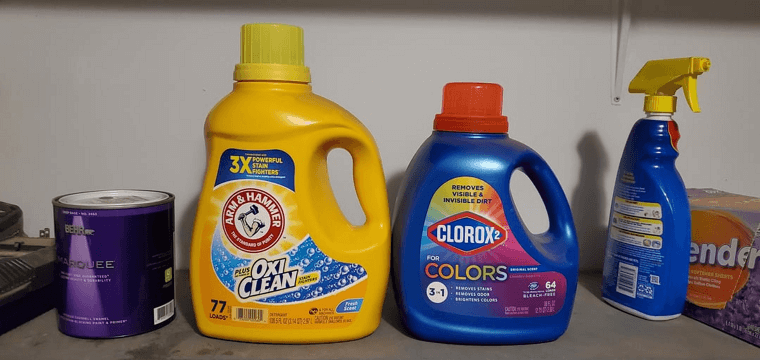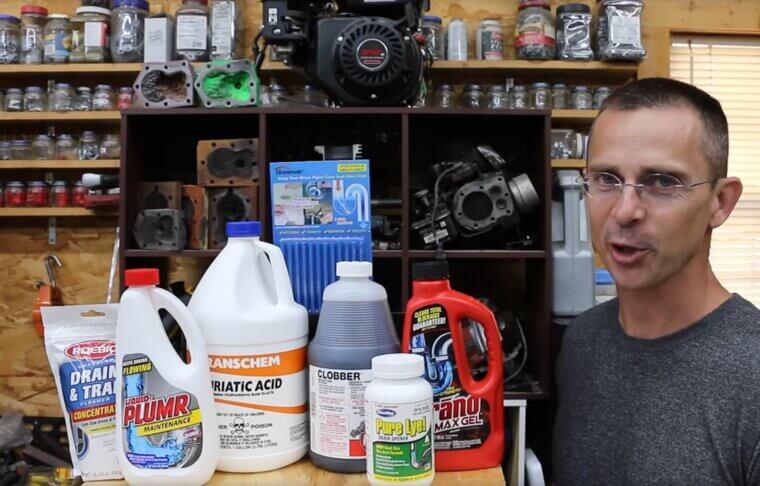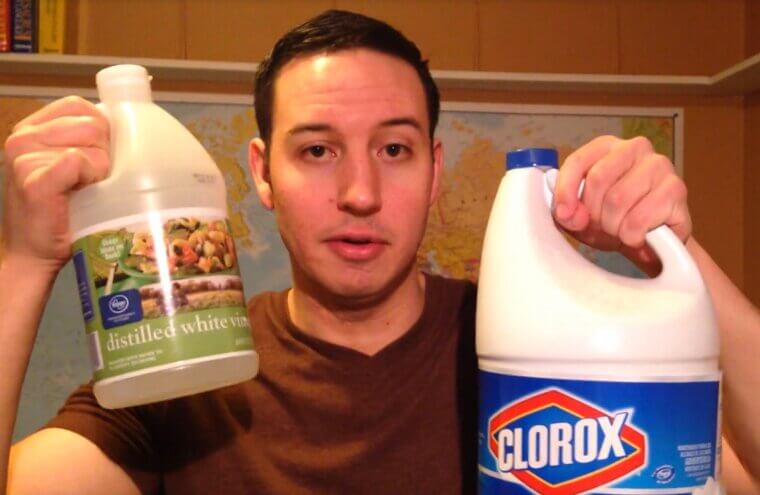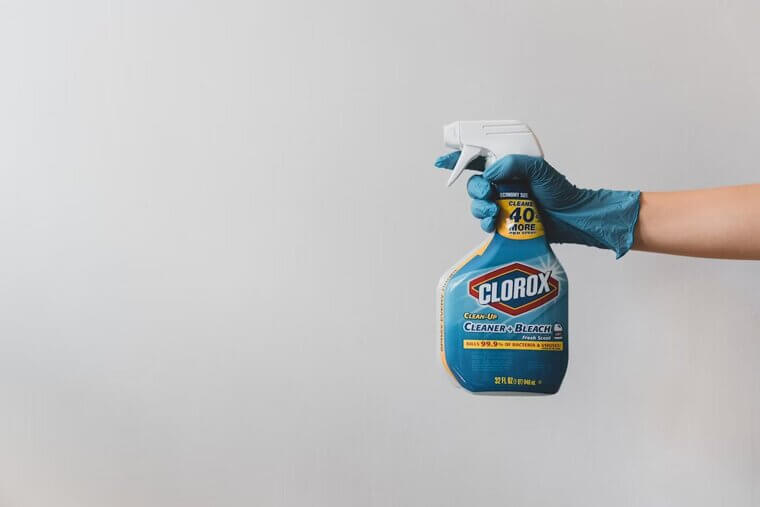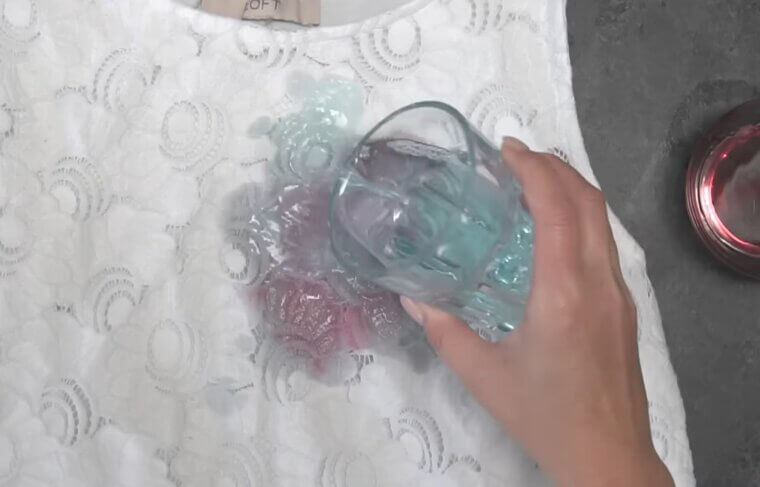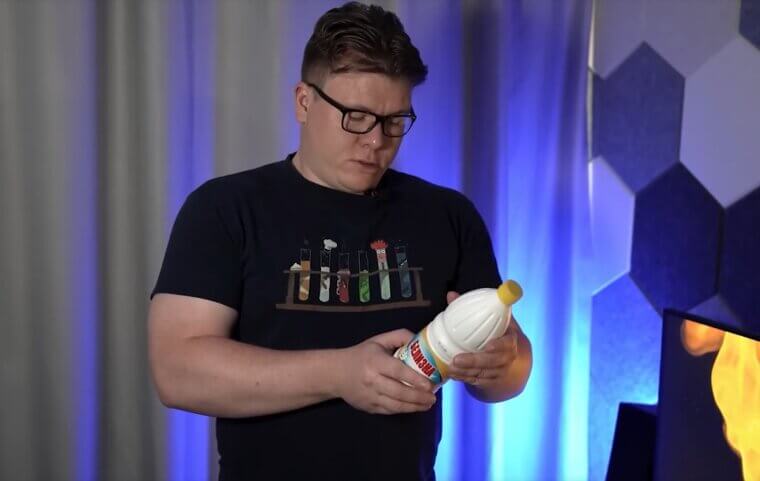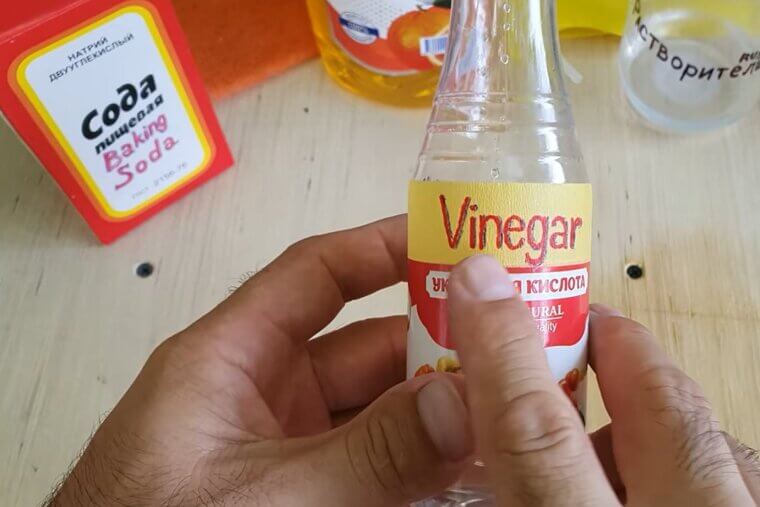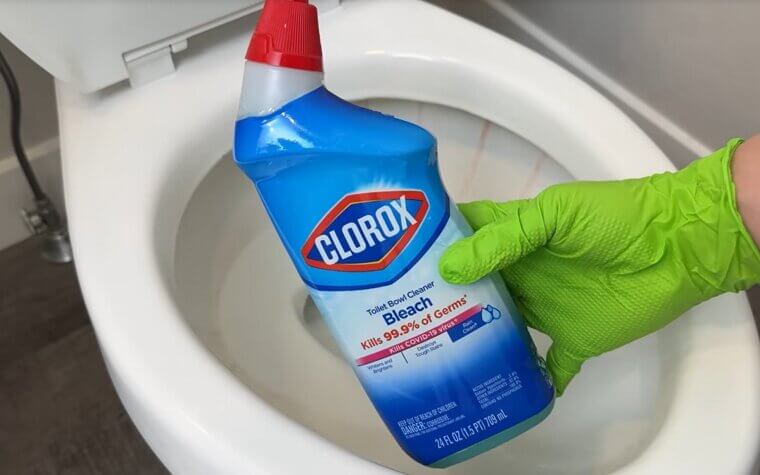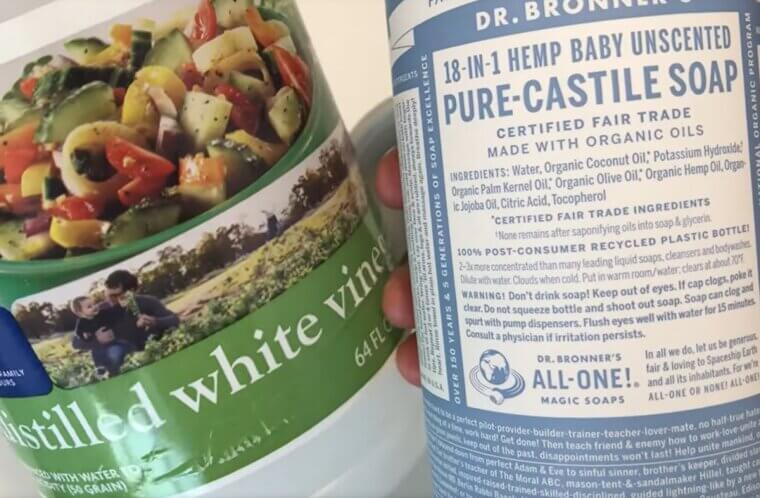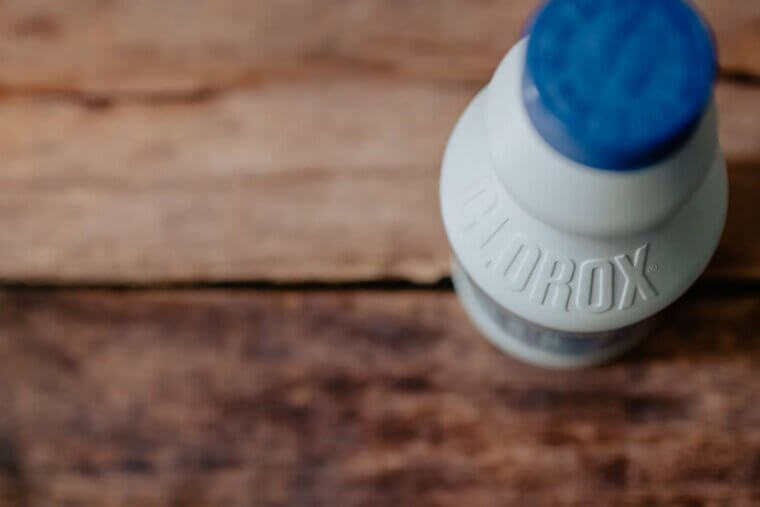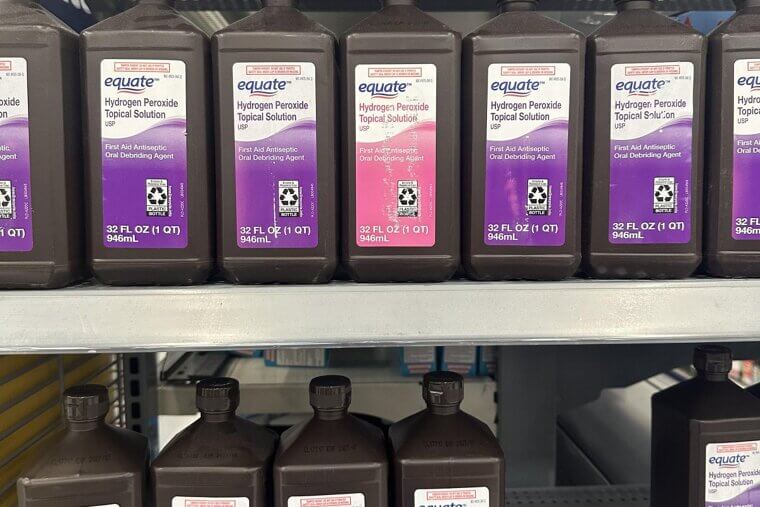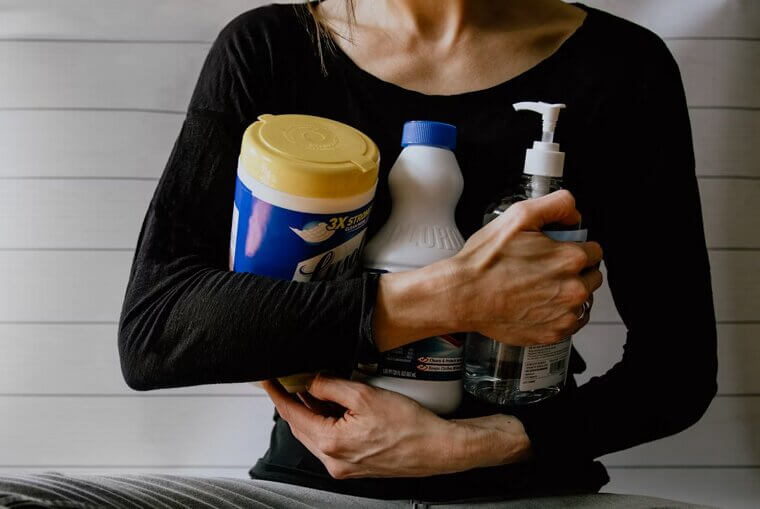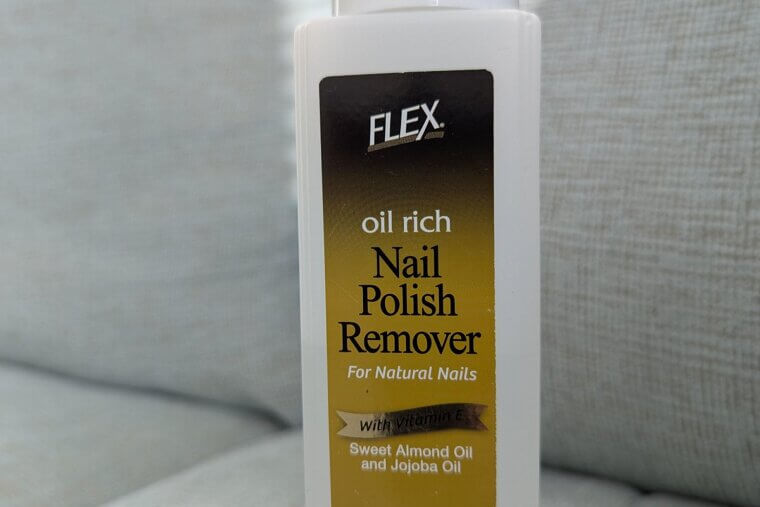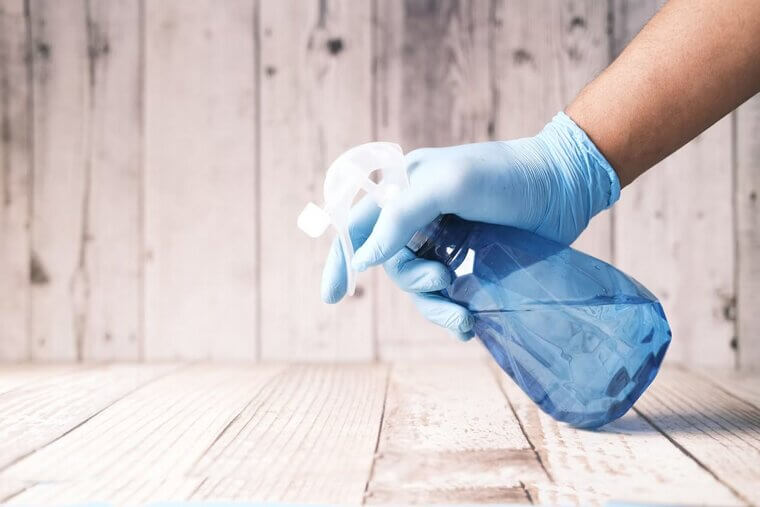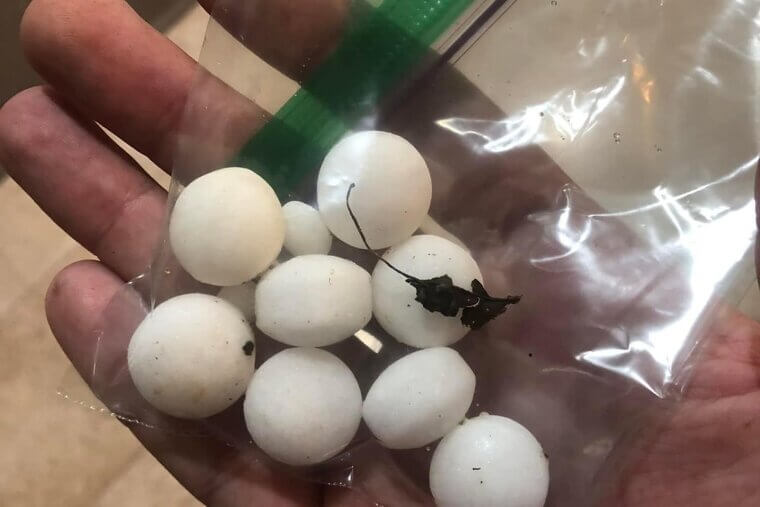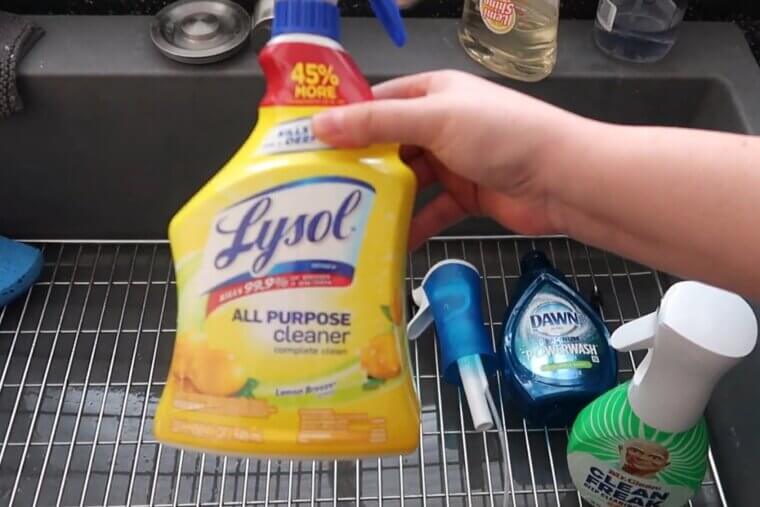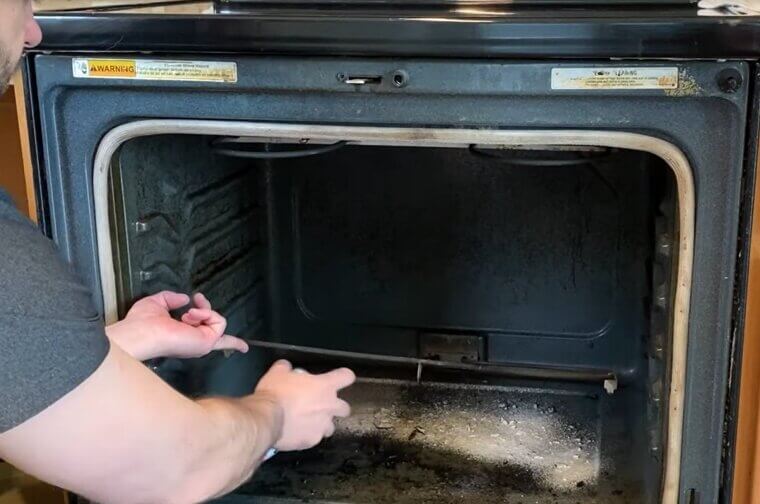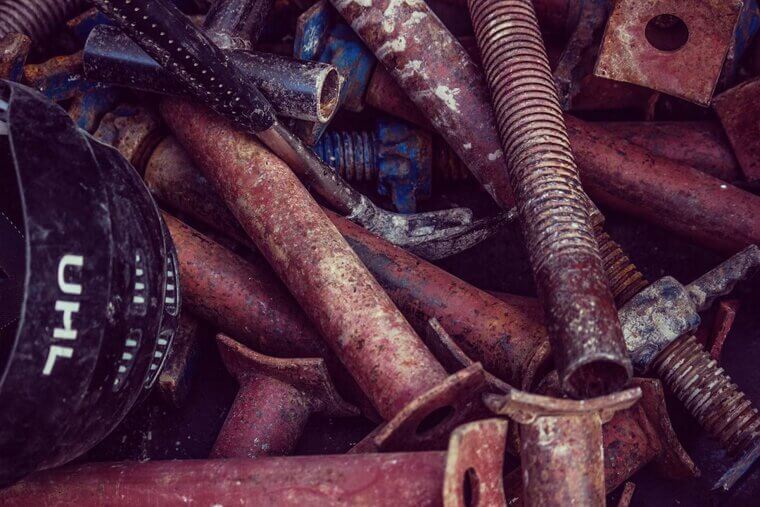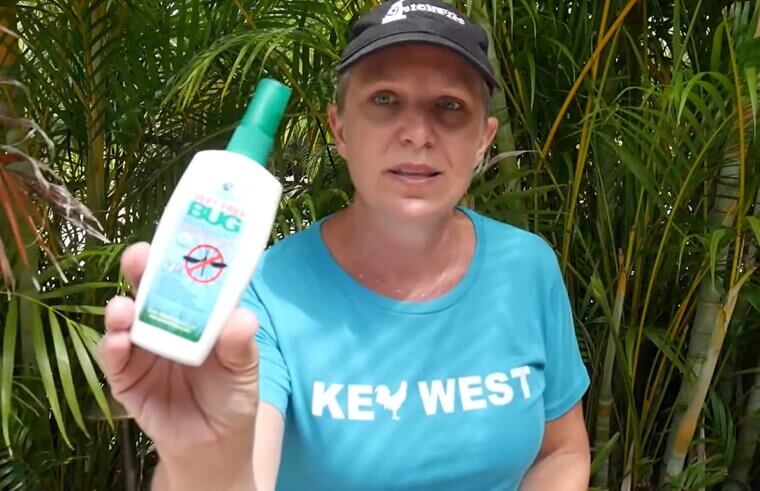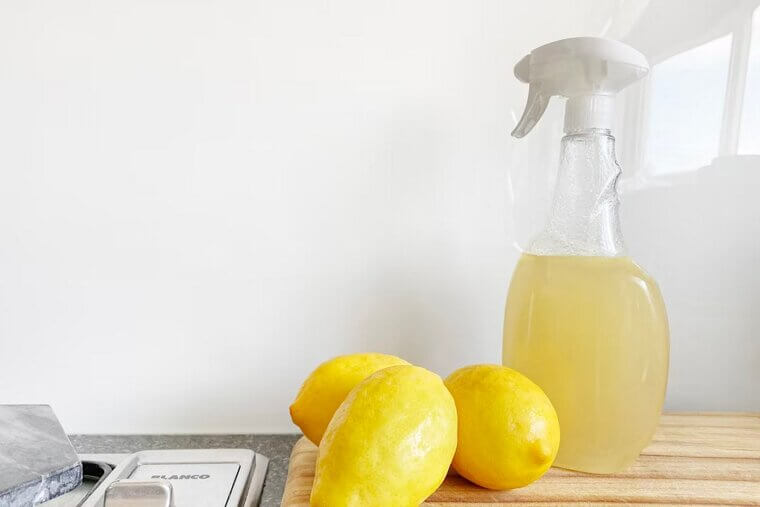Don't Mix These Chemicals
You need to be very, very careful when mixing chemicals. Some combos might seem harmless (or even helpful), but they can create toxic fumes, corrosive reactions, or even mini explosions. So in order to help you out, here’s a list of 20 things you should simply never mix.
Drain Cleaner and a Different Drain Cleaner
Mixing two different drain cleaners - especially if one’s acidic and the other’s alkaline - can cause violent reactions. Think boiling, foaming, and even the risk of explosion. If one brand doesn’t do the trick, call it quits or try a mechanical snake instead.
Bleach and Vinegar
So many people think this is a good combo for cleaning, but in actual fact, the mixture releases chlorine gas - yes, the kind used in World War I. Even a little can irritate your eyes, throat, and lungs. Stick with one or the other, never both.
Bleach and Ammonia
Mixing bleach and ammonia is a terrible idea, and luckily people are starting to take note. It releases toxic vapors that can cause coughing, chest pain, and even severe respiratory damage in some cases. Some cleaners contain hidden ammonia, so always check labels before combining products.
Hydrogen Peroxide and Vinegar
Both of these are good cleaning agents on their own, but when you mix them directly, you get peracetic acid. It’s highly corrosive and can burn your skin, eyes, and lungs. Never let them mix in the same container, or you could be looking at a trip to the ER.
Bleach and Rubbing Alcohol
This combo creates the famous knockout chemical chloroform. It’s dangerous stuff that can render you unconscious or cause damage to your liver, kidneys, and nervous system. It’s an accident waiting to happen if you're cleaning surfaces and not paying attention to what you’re spraying next. Keep rubbing alcohol and bleach far apart
Baking Soda and Vinegar
Separately, these two are harmless. But when mixed and sealed - like in a bottle or jar - they create carbon dioxide gas that can build pressure and explode. Great for a school volcano project, but dangerous in real life.
Bleach and Toilet Bowl Cleaner
Most toilet bowl cleaners are acidic. Add bleach, and there’s a load of chlorine gas again. This one catches people off guard because there’s just not a lot of info out there about dangerous toilet clean-ups. If you must use both, rinse thoroughly before switching bleach for toilet bowl cleaner.
Vinegar and Castile Soap
Mixing these two isn’t dangerous to your lungs or anything, but it’s a huge cleaning fail. Vinegar breaks down the Castile soap, leaving behind a curdled mess that’s anything but effective. It also leaves a sticky residue on surfaces. What you can do is use them separately - vinegar for shine, Castile soap for grime. It rhymes!
Bleach and Lemon Juice
Another one people don’t know about. Lemon juice is acidic, and when you mix it with bleach, it releases chlorine gas (again!). A lot of DIYers reach for lemon juice for the nice scent, but this combo is bad news. If you love citrus while cleaning, just go with lemon-scented products from the store. They’ll be safe.
Hydrogen Peroxide and Bleach
Bleach is just dangerous, and people don’t always realize how dangerous. The reaction between it and hydrogen peroxide can be unstable and potentially explosive in closed spaces. You’ll also release heat and possibly irritating vapors. Always remember: one cleaner at a time keeps things safe.
Vinegar and Bleach-Based Powder Cleaners
Some powder cleaners - like scouring powders - contain bleach, and when you sprinkle them and spritz vinegar over the top (a common DIY trick), you end up releasing toxic chlorine gas. It might look like you’re getting a deep clean, but you’re actually gassing yourself.
Bleach and Acetone (Nail Polish Remover)
This is a super dangerous mix that most folks don’t even think about. Bleach and the acetone from your nail polish remover can form chloroform and other nasty compounds. In small amounts, it might irritate your nose and eyes. In larger doses it’s a major health hazard.
Disinfectants and Detergents
Some DIYers mix disinfectant sprays with dish soap or laundry detergent, hoping for double power. But different brands use different chemicals, and not all of them play nice together. The combo can reduce effectiveness, or worse, cause skin irritation or toxic fumes. Always read the labels!
Mothballs and Air Fresheners
Both release strong fumes, and when used together in small or unventilated areas, they can create respiratory problems, especially for kids and pets. Mothballs give off pesticide vapors, and adding a fragrance into the mix just makes matters worse.
Bleach and Lysol Spray
Lysol and similar disinfectants often contain ethanol or other alcohols. Mix that with bleach, and you could create - you guessed it - more chloroform. Even trace amounts can cause headaches, dizziness, or worse. If you're using a disinfectant spray, rinse surfaces thoroughly before applying bleach.
Oven Cleaner and Bleach
Oven cleaners are packed with strong bases and solvents, and when mixed with bleach, they can release toxic gases. It's a recipe for skin burns and breathing trouble. Your oven categorically does not need bleach: use one cleaning product, open the windows, and wear gloves.
Bleach and Rust Remover
Rust removers are often acidic, and pairing them with bleach is another setup for chlorine gas exposure. It happens more often than you'd think - someone’s scrubbing out a rusty tub or tile grout and figures bleach will help. Instead, they just create fumes that sting the lungs and leave them light-headed.
Ammonia and Dish Soap (Sometimes)
Some dish soaps - especially older ones – already contain ammonia or ammonia-like compounds. Adding more ammonia or combining with unknown cleaning agents can make a dangerous vapor. It’s rare, but always worth reading the fine print on labels. You don’t want to make a sinkful of lung-burning bubbles just trying to clean up after dinner.
Bleach and Bug Spray
If you’ve recently sprayed for pests and then go over those surfaces with bleach, you could stir up some dangerous reactions. Certain insecticides and bleach don’t mix well, creating toxic fumes that linger. Give it time, rinse thoroughly, or just avoid using bleach on areas you’ve recently sprayed.
Hydrogen Peroxide and Lemon Juice
Lemon juice is acidic, and hydrogen peroxide mixed with acids creates peracetic acid, which is seriously dangerous. It’s irritating to your skin, eyes, and lungs, and it’s definitely not the magic homemade cleaner it’s made out to be on the sometimes ill-informed internet.

